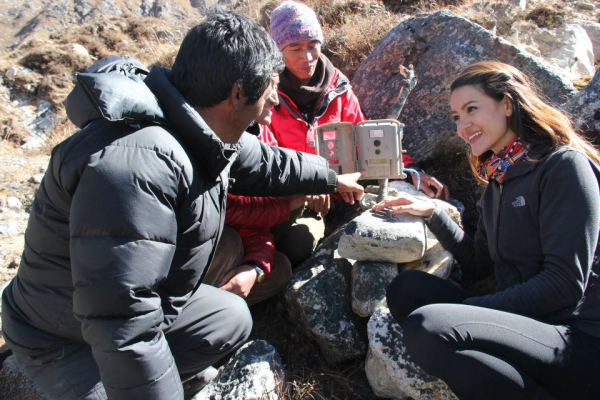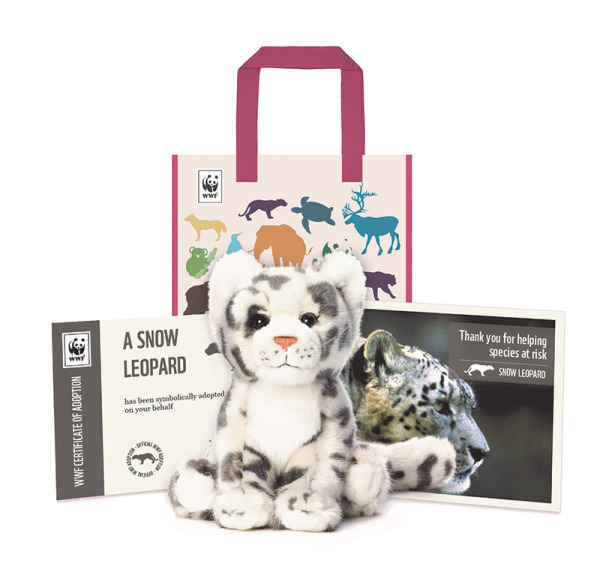Spotlight on the snow leopard: What WWF is doing
This holiday season, WWF is introducing six new species for you to adopt and take home, including the snow leopard. We’re bringing you a special six-part blog series on the snow leopard, the most mysterious member of the world’s big cats.
WWF is working to ensure that snow leopards thrive in harmony with local people across their range for many generations to come. In doing so, one of the primary bottlenecks is that we do not know much about this cat. Therefore, we are studying the crucial aspects of snow leopard’s ecology, conservation and their relationship with the human communities. This is especially important to devise robust conservation strategies as well as to evaluate the successes/failures of our initiatives.
Another equally important activity that WWF is implementing is geared towards reducing human-snow leopard conflict. Based on the research findings, the nature of our project varies from place to place but generally include activities such as livestock insurance programs, building predator-proof corrals, improved guarding activities, etc.
WWF also supports mobile anti-poaching activities as a way to curb the hunting of snow leopards and their prey. Together with TRAFFIC and the snow leopard range countries, we work to eliminate the illegal trade of snow leopard fur, bones and other body parts.
WWF understands there are extraordinary opportunities for conservation to help local people and snow leopards live and prosper together. The range of snow leopard comprise of world-class trekking and tourism destinations that include world’s tallest mountain peaks, glaciers and cultural heritage. We are assisting local people to promote eco-tourism in these areas and the benefit that they receive is helping to reduce snow leopard-human conflicts. In this way, we are making snow leopards an asset to the local people rather than a liability.
Most importantly, our approach of engaging local people by providing training and equipping them to undertake all the aforementioned activities have shown positive and tangible results in some of the countries. We envisage to upscale such activities to other parts of the snow leopard’s range in the days ahead.
By symbolically adopting a snow leopard, you are helping to support WWF’s conservation efforts. Adopt a species today at shop.wwf.ca.



